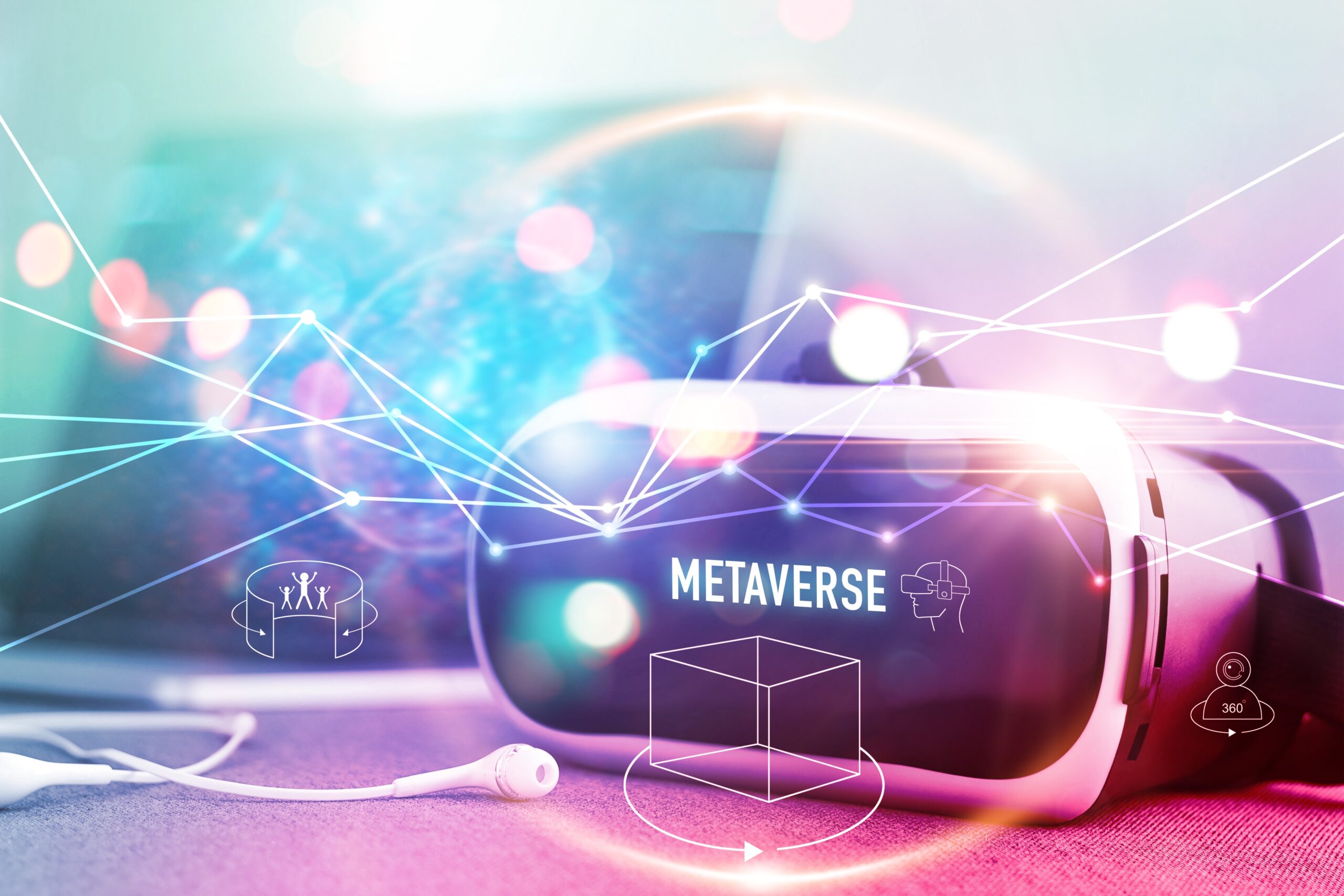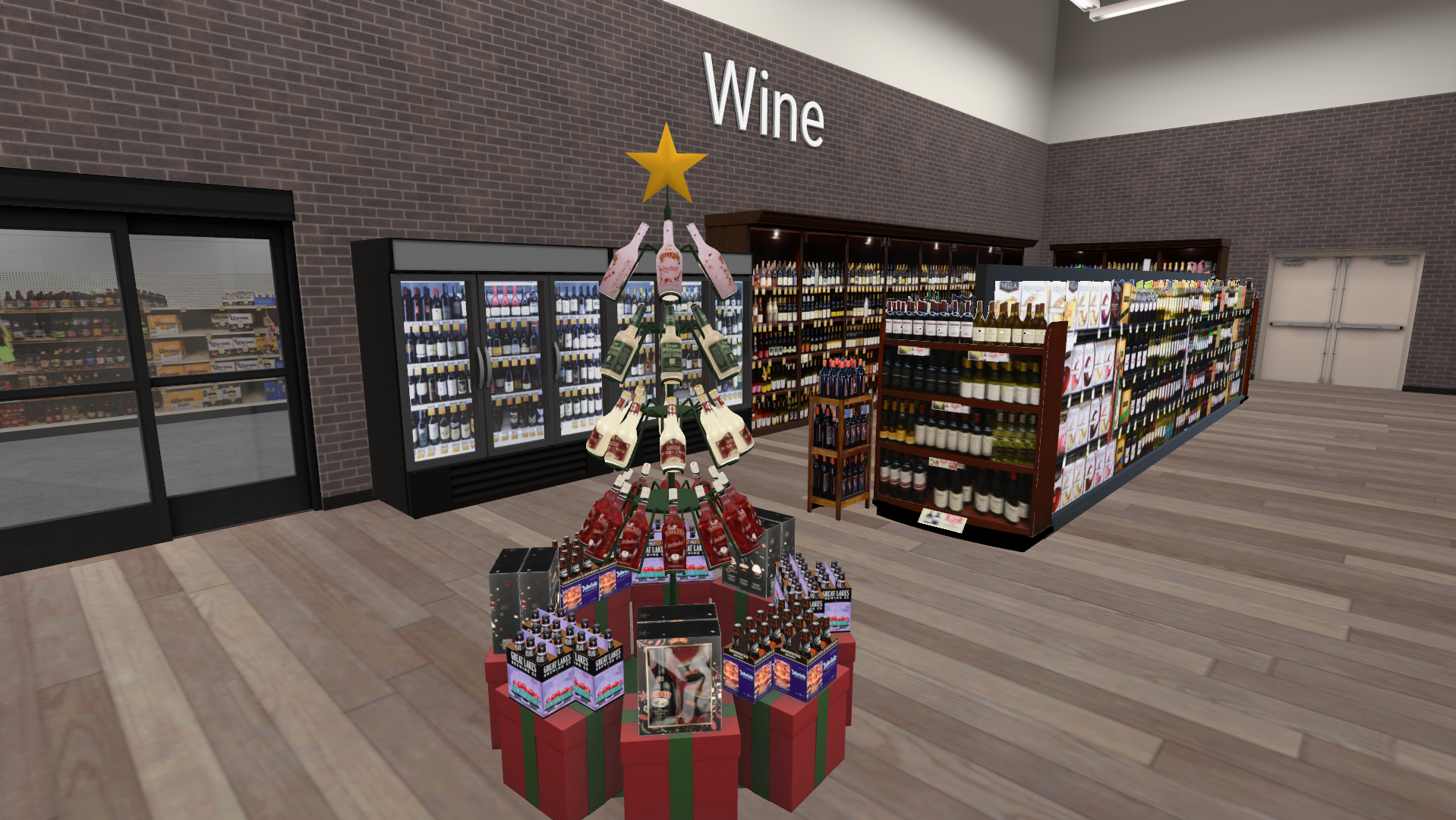The concept of the metaverse is no longer confined to science fiction. It is rapidly becoming a tangible digital realm where people can engage, work, explore, and socialize. Yet, the secret sauce behind this virtual universe lies in two foundational technologies: 3D images and digital twins. Today, we will explore how these technologies serve as the foundation of the metaverse and explore specific examples of their transformative potential.
3D Images: The Visual Heart of the Metaverse
3D images are the visual elements that serve as the building blocks of metaverse experiences, delivering a striking sense of realism and immersion. Here’s why they’re indispensable:
Realism and Immersion
In metaverses available currently, you’ll find lifelike environments, objects, and avatars. This visual richness relies on 3D images to provide depth, texture, and realistic lighting, making the digital realm feel tangible.
Spatial Understanding
Navigating and interacting within the metaverse is seamless thanks to 3D images. Users can effortlessly gauge distances, understand object placement, and gain spatial awareness, ensuring an intuitive and immersive user experience.
Virtual Asset Creation
From virtual real estate and clothing for avatars to intricate in-game objects, 3D images are pivotal in constructing digital assets that closely mirror the physical world.
Digital Twins: Your Avatar in the Metaverse
Digital twins, essentially virtual replicas of real-world entities, play a pivotal role in shaping your metaverse experience. Personal avatars, or human digital twins—a customizable, digital representation of yourself—are how you engage with others, and it’s the lens through which you perceive and participate in the virtual world. Companies may invest in having digital twins built of their physical place of business like a store, a restaurant, or even an entertainment venue.
Customization options for avatars offer a deeply personal and unique representation, allowing users to express themselves authentically in the metaverse. In the same way, digital twins for organizations can be what exists today that consumers can experience in-person, or corporations opt to build digital twins of experiences that could be or are truly aspirational for the brand.
In theory, digital twins can traverse different metaverse platforms and environments. This would offer a consistent user experience regardless of where you go within the metaverse, akin to taking your digital identity with you everywhere you roam. The technology today, both in virtual reality platforms and metaverses available do not currently have this capability. However, we anticipate that this will be one of the critical capabilities that leads to more ubiquitous adoption of metaverse experiences in the future.
Applications of 3D Images and Digital Twins
The metaverse heavily relies on 3D images and digital twins for various applications, proving their potential influence. Here are 4 common applications:
Social Interactions
The most apparent use of digital twins and 3D visuals in the metaverse is in social interactions. Here, people meet friends, attend events, and engage in virtual social gatherings using avatars.
Work and Collaboration
Remote work and collaborative tools are integrating 3D avatars and environments. These immersive workspaces foster team collaboration and productivity, making remote work more engaging and effective.
Entertainment
The metaverse offers fresh avenues for interactive entertainment. From virtual concerts and art exhibitions to immersive storytelling experiences, the metaverse is transforming how we entertain and engage with content.
Education and Training
The metaverse reshapes the world of learning, featuring 3D simulations, virtual classrooms, and training environments where digital twins provide dynamic, engaging experiences. It’s a new frontier in education, where learning feels more like an adventure.
The Challenges and Opportunities
As with any groundbreaking technology, 3D images and digital twins in the metaverse come with their own set of challenges and opportunities:
Data Privacy and Security
Managing personal data tied to digital twins is a crucial concern. Robust security and privacy measures must be in place to ensure that users’ personal information is protected.
Interoperability
For a truly connected metaverse, avatars and 3D assets should move seamlessly between different metaverse platforms. Ensuring interoperability is vital for creating a cohesive and interconnected digital universe.
Creativity and Innovation
The metaverse is a blank canvas for developers, creators, and businesses to explore new applications and services. This means that opportunities for innovation are nearly limitless.
The metaverse, underpinned by 3D images and digital twins, is not just a vision; it’s beginning to become a reality. These technologies are reshaping the way we connect, work, learn, entertain, and socialize. As technology continues to evolve, the metaverse is poised to become an integral part of our daily lives, offering endless possibilities. With 3D images and digital twins, we’re creating a virtual universe where the boundaries of the digital and physical worlds blur, and anything becomes possible. The metaverse isn’t just a dream; it’s the reality of the digital age, thanks to the power of 3D images and digital twins.
Contact us to learn more!





